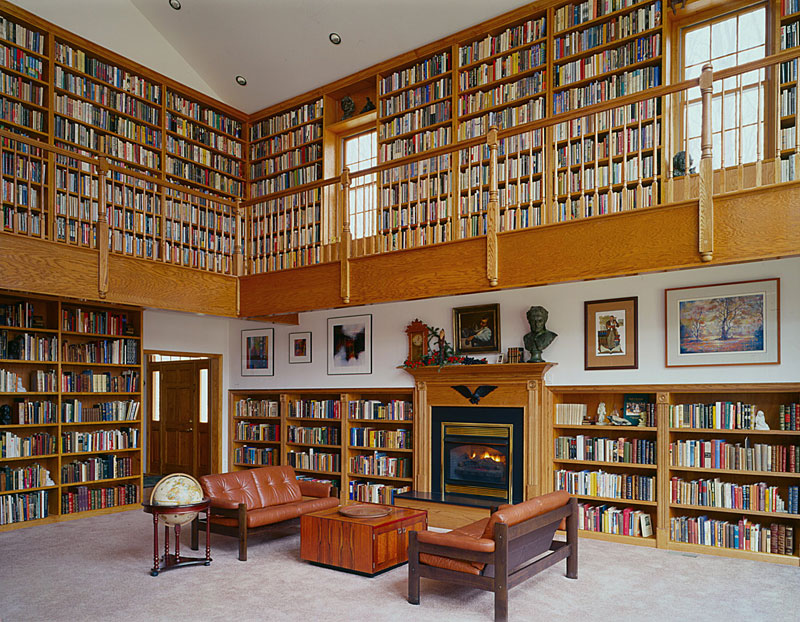A Classic Back in Print
He cited the example of the nineteenth-century British author H. Rider Haggard, author of dozens of popular adventure books—King Solomon’s Mines, She, Allan Quatermain, and Cleopatra being four of the better known today—eagerly sought by collectors, but he chose to include just seventeen representative titles. One of them, Dawn (1884), the author’s first novel, has a value of $12,500. “They’re all collectible, and they all have value,” Ahearn said, “but you have to be selective.”
Ahearn estimated the mix in the guide at “around fifty-fifty, fiction and nonfiction,” with updated figures included for perennial high spots, and new entries in areas that have become particularly strong over the past decade. “I saw a real spike of interest in finance and economics, maybe that’s a comment on the people who have all the money these days, who knows, but there were some real surprises there.”
He cited as one astounding example The Intelligent Investor by a man named Benjamin Graham published in 1949, and valued at $25,000. Another: John Maynard Keynes, The General Theory of Employment, Interest, and Money, New York, 1936, $15,000.
“We’ve also added a lot of travel, exploration, Americana, Western Americana, medical books, and authors’ first books have held up well.” Among the big ticket items, The Sound and Fury is still an expensive book—the William Faulkner classic, in jacket and with all points present, still commands $50,000—with no decline in sight either for J. D. Salinger’s The Catcher in the Rye (a copy sold at auction in 2001 for $33,000), or Harper Lee’s To Kill a Mockingbird ($25,000).
To get an idea of how the Ahearns go about compiling their data—and for this effort they enlisted the services of their grandchildren—one need only take a look at the acknowledgments section, which fills four full pages of text. “I get everybody’s catalogue in the English-speaking world, I kid you not, and I study every one,” Ahearn said. “If it’s a book I’ve never heard of, I kind of mark it down, and yes, I will look it up on the Internet. I’ll say to myself, ‘here’s somebody I’ve never heard of before, and this is a dealer I know and respect, and he is asking $3,000 for the book.’ So I’ll do a little research on it, and chances are good that I’ll put it in.”
The Ahearns keep track, too, of auction records, not only for what has been sold recently, but for books that have not gone on the block for a good while. “In some cases the only auction records are ten to twenty years old, so you have to come up with a price based on all the other things you look at. In many cases, too, there are a lot of books—maybe 20 percent of them—that aren’t even online, because there just aren’t any copies available. So that’s another reason we did this book.”
While he respects the computer as a research tool, Ahearn makes clear that one of his major justifications for doing Collected Books was that so much of what is posted online is done by amateurs, and very often unreliable. “Some people will say that a certain book has a ‘first-issue dust jacket.’ I will write them a note and say, ‘what is the second-issue dust jacket?’ When you say something like that, the implication is that there are two states, and so often that is just not the case—and it goes unchallenged.”
Another consequence of the plethora of online descriptions is that they have made establishing true values for specific titles more difficult. “Before the Internet, I could estimate the prices based on my having bought and sold so many books over so many years, but now I have to look at everything that’s out there, and that is time consuming. Before, you could say, ‘I have handled that book a lot, and I know it’s a $500 book.’ Now you go online, and there are fifteen copies. But then you ask, ‘what’s a really good to fine copy?’ Or what you firmly believe was a $500 book might be selling somewhere for $350, but you can’t be sure about the shape it’s in.”
What it finally comes down to, he concluded, is a judgment call. “In the end,” he said, “I’m making an estimate based on my experience and knowledge.”
And it’s all there, between hard covers, in a book that every serious collector will find essential.









 Nicholas A. Basbanes recently received a National Endowment for the Humanities fellowship to work on his book on paper, which is forthcoming from Knopf. His most recent book is Editions & Impressions, a collection of essays. His other works include the acclaimed A Gentle Madness, Every Book Its Reader, Patience & Fortitude, Among the Gently Mad, and A Splendor of Letters.
Nicholas A. Basbanes recently received a National Endowment for the Humanities fellowship to work on his book on paper, which is forthcoming from Knopf. His most recent book is Editions & Impressions, a collection of essays. His other works include the acclaimed A Gentle Madness, Every Book Its Reader, Patience & Fortitude, Among the Gently Mad, and A Splendor of Letters.